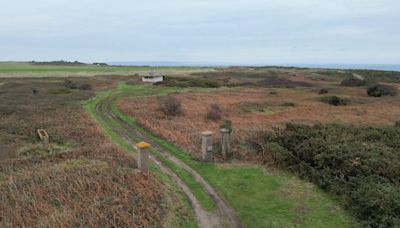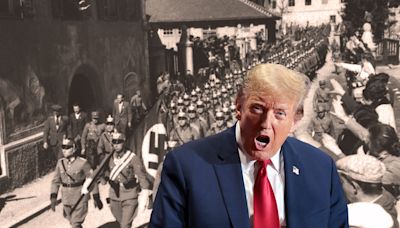Search results
Jun 27, 2019 · Concentration camps (Konzentrationslager; abbreviated as KL or KZ) were an integral feature of the regime in Nazi Germany between 1933 and 1945.The term concentration camp refers to a camp in which people are detained or confined, usually under harsh conditions and without regard to legal norms of arrest and imprisonment that are acceptable in a constitutional democracy.
From 1933 to 1945, Nazi Germany operated more than a thousand concentration camps ( German: Konzentrationslager [a] ), including subcamps [b] on its own territory and in parts of German-occupied Europe . The first camps were established in March 1933 immediately after Adolf Hitler became Chancellor of Germany.
The term concentration camp is used very loosely to describe places of incarceration and murder under the Nazi regime, however, not all sites established by the Nazis were concentration camps. Nazi-established sites include: Concentration camps: For the detention of civilians seen as real or perceived “enemies of the Reich.”
- Auschwitz: Genesis of Death Camps. After the start of World War II, Adolf Hitler (1889-1945), the chancellor of Germany from 1933 to 1945, implemented a policy that came to be known as the “Final Solution.”
- Auschwitz: The Largest of the Death Camps. Auschwitz, the largest and arguably the most notorious of all the Nazi death camps, opened in the spring of 1940.
- Auschwitz and Its Subdivisions. At its peak of operation, Auschwitz consisted of several divisions. The original camp, known as Auschwitz I, housed between 15,000 and 20,000 political prisoners.
- Life and Death in Auschwitz. By mid-1942, the majority of those being sent by the Nazis to Auschwitz were Jews. Upon arriving at the camp, detainees were examined by Nazi doctors.
Generally speaking, a concentration camp is a place where people are concentrated and imprisoned without trial. Inmates are usually exploited for their labour and kept under harsh conditions, though this is not always the case. In Nazi Germany after 1933, and across Nazi controlled Europe between 1938 and 1945, concentration camps became a ...
The first German concentration camps were established in 1933 for the confinement of opponents of the Nazi Party—Communists and Social Democrats.Political opposition soon was enlarged to include minority groups, chiefly Jews, but by the end of World War II many Roma, homosexuals, and anti-Nazi civilians from the occupied territories had also been liquidated.
It consisted of Auschwitz I, the main camp (Stammlager) in Oświęcim; Auschwitz II-Birkenau, a concentration and extermination camp with gas chambers; Auschwitz III-Monowitz, a labour camp for the chemical conglomerate IG Farben; and dozens of subcamps. The camps became a major site of the Nazis' Final Solution to the Jewish question.




